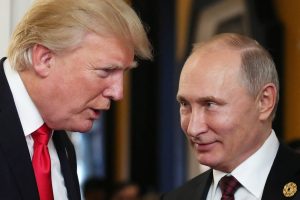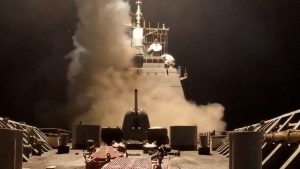Supplying rebels in Yemen with missiles was “direct military aggression by the Iranian regime,” declared Saudi Crown Prince Mohammed bin Salman bin Abdulaziz last week. Following this statement, Girish Thanki, solicitor at Stuart Miller, has provided Lawyer Monthly with a short breakdown of the current conflict and the situation in the middle east between Iran and Saudi Arabia.
On 4th November 2017, a missile fired from Yemen by Houthi rebels was intercepted over Riyadh, the Saudi capital. The Saudi Foreign Ministry said the investigators had established that the remains of the missile indicated it was Iranian made.
Saudi Arabia, a majority Sunni Muslim country and Iran, a majority Shia Muslim country, have been in major geopolitical conflict which has intensified since the Iranian Revolution in 2011 and Iran’s support for Syria during the Syrian Civil War.
The Kingdom of Saudi Arabia, occupies the majority of the Arabian Peninsula. It is the world’s largest oil producer and allied militarily to the US. It is a monarchy and considered by most to be an Orthodox Muslim country. The main language is Arabic.
Islamic Republic of Iran, formerly known as Persia, is located on the mainland of Asia, divided from Saudi Arabia by the Persian Gulf. It is a theocracy and the main language is Farsi. It is in the main anti-US and allied to Russia and China. It too is a major oil producer.
Historically, there have been many conflicts between the two countries. Their differences are in the main, rivalry for leadership of the Muslim world. There are also other causes which relate to the pricing of crude oil and support for various warring factions and countries in the Middle East.
The current conflict between the two countries is the proxy war in Yemen, a mountainous and desert -like country to the south of Saudi Arabia. Yemen was previously South Yemen, a British protectorate, and North Yemen. Having amalgamated as one country it is now known as the Republic of Yemen. It is one of the poorest countries in the region. Since 2011 it has been in a state of conflict. The Houthi tribe is in conflict with the central government headed by President Hadi. Saudi Arabia supports the internationally recognised president, whereas Iran supports the Houthi insurgents.
It is thought that Hezbollah, the largest political group in Lebanon and supported by Iran, smuggled the missile into Yemen by the sea route, having avoided the Saudi-led sea blockade of Yemen. The missiles were fired from the northern border of Yemen. Saudi Arabia has retaliated by bombing the rebel-held capital Sanaa.
While the proxy war between Saudi Arabia and Iran continues in Yemen, the country is suffering from an outbreak of cholera, famine and shortage of drinking water. Unicef is appealing for medical aid for Yemen.




















